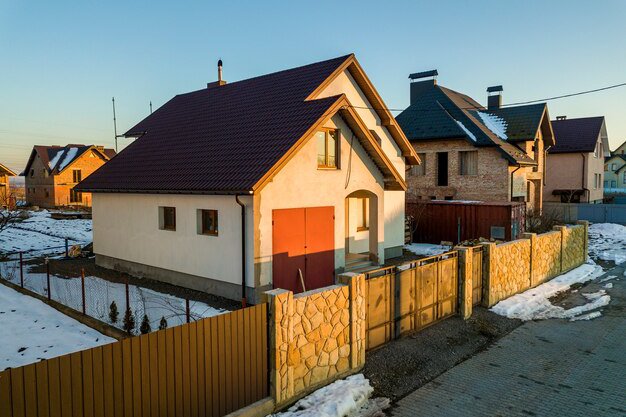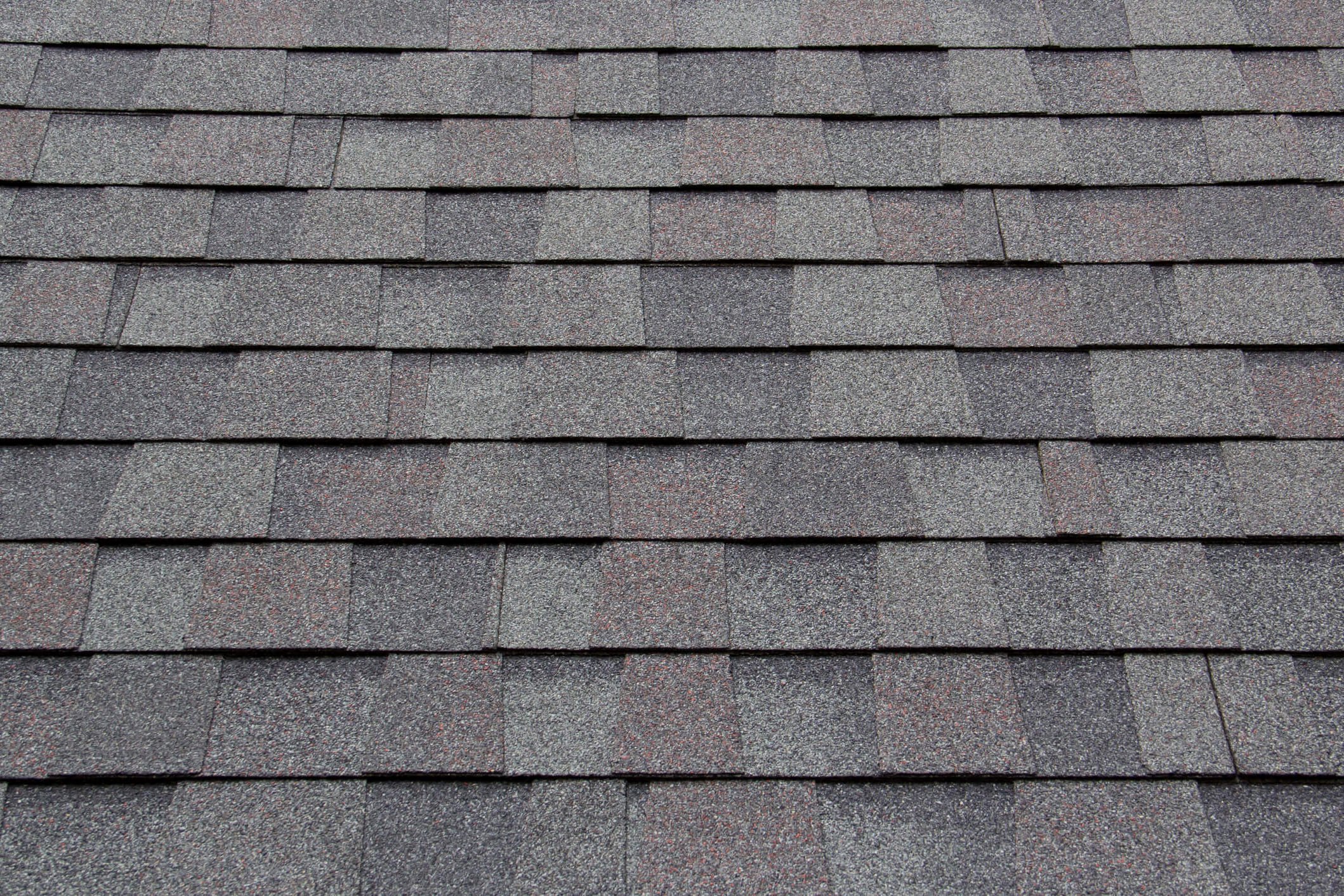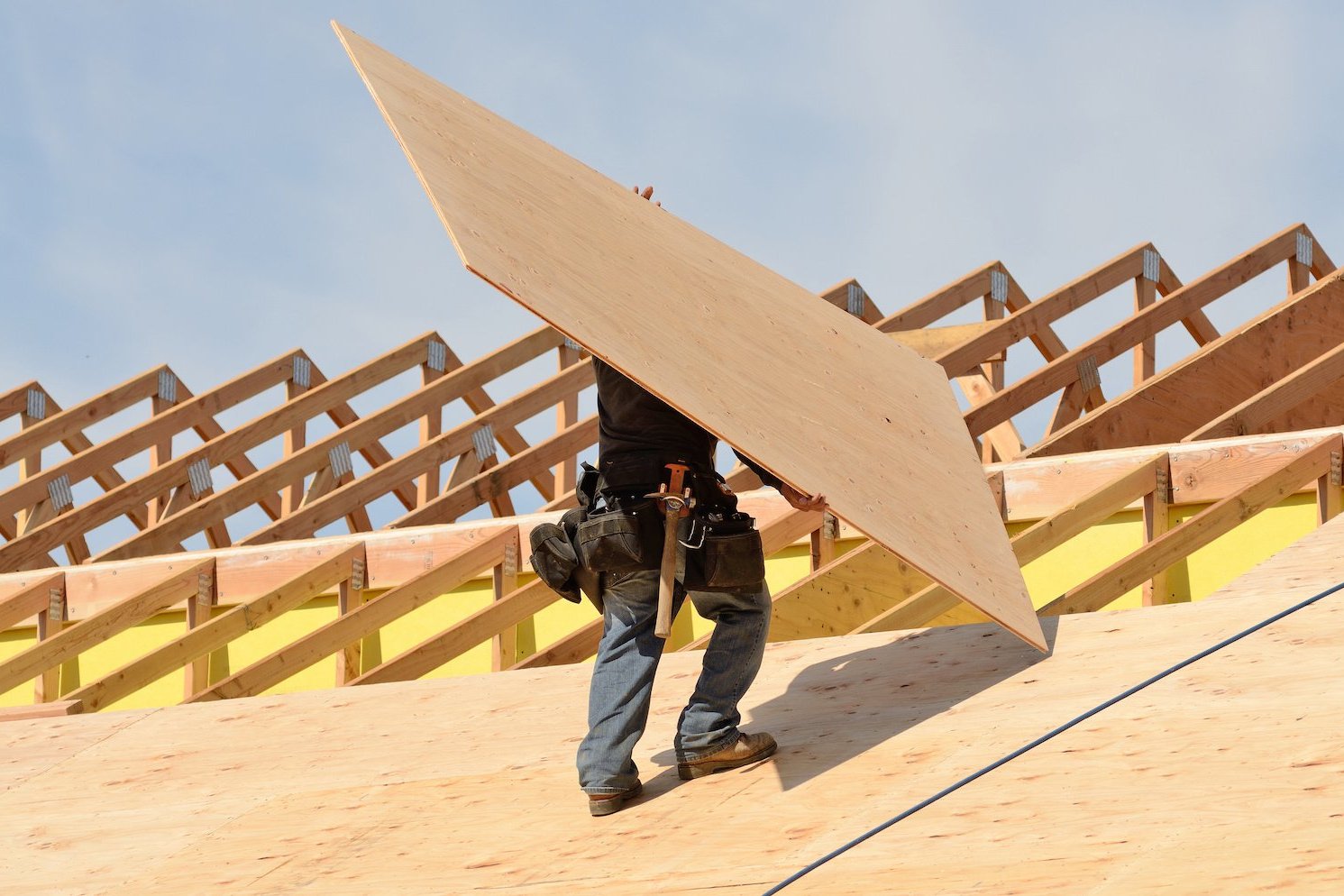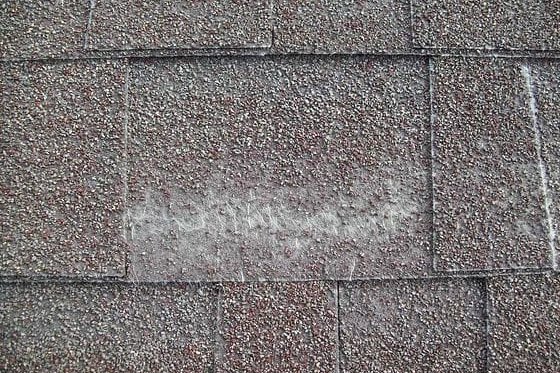Signs Your Roof Needs Replacing in Portland, Oregon
Your roof is your home's first and most important line of defense against the elements. In a climate like Portland, Oregon, where rainfall is frequent and moss loves to thrive, a healthy roof is absolutely essential. Ignoring the signs of wear and tear can lead to costly damage, not just to the roof itself, but to the underlying structure, insulation, and even the interior of your home. Knowing what to look for can help you address potential problems before they turn into major disasters and save you significant money in the long run.
Why Identifying Roof Issues Early Matters
Catching roof problems early is crucial. Minor issues, if left unaddressed, can quickly escalate. A small leak might seem insignificant, but it can lead to rot in the roof decking, rafters, or even support walls, creating structural damage. Mold and mildew can also proliferate in damp attic spaces, affecting air quality and potentially causing health issues. Furthermore, a failing roof compromises your home's energy efficiency, leading to higher heating and cooling costs. Proactive identification allows for timely repairs or replacement, protecting your investment and ensuring your family's safety and comfort.
Key Visual Signs Your Roof May Need Replacing
Inspecting your roof from the ground with binoculars, or safely from a ladder (if you are comfortable and have proper safety equipment), can reveal many warning signs. Pay close attention to the condition of the shingles, flashing, gutters, and overall structure.
Missing or Damaged Shingles
This is one of the most obvious signs of roof distress. Shingles can be blown off by high winds, become brittle and crack from age, or get damaged by falling debris.
- What to look for: Patches on the roof where shingles are visibly absent, shingles that are cracked, broken, or split.
- Why it's a problem: Missing shingles leave the underlayment and decking exposed to water, significantly increasing the risk of leaks and rot. Damaged shingles offer reduced protection.
- Severity: A few missing shingles might be repairable, but widespread missing or damaged shingles across the roof is a strong indicator that a full replacement is needed.
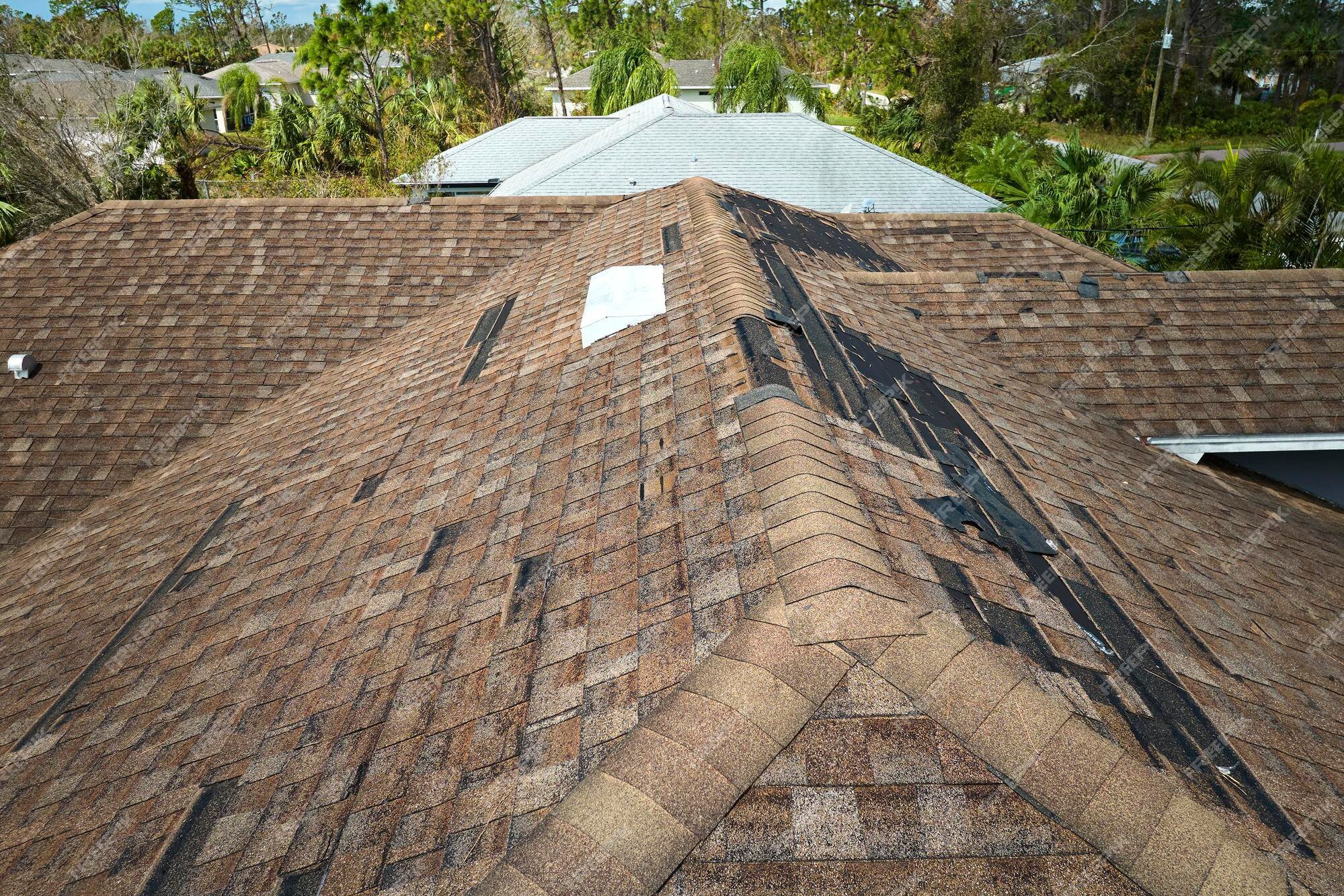
Excessive Granule Loss
Asphalt shingles are covered in ceramic granules that protect the asphalt from UV rays and shedding them is a normal part of aging. However, excessive granule loss is a sign that the shingles are nearing the end of their protective life.
- What to look for: Large amounts of granules accumulating in your gutters or at the bottom of downspouts. The shingles on the roof may appear bare, patchy, or inconsistent in color.
- Why it's a problem: Without granules, the asphalt layer is exposed to the sun's UV radiation, causing it to deteriorate rapidly, lose flexibility, and become brittle. This accelerates aging and reduces the shingle's ability to shed water.
- Severity: Some granule loss is normal, but significant amounts, especially combined with other signs, suggest the shingles have lost their effectiveness.
Curling or Buckling Shingles
Curling or buckling shingles can indicate several issues, including age, improper installation, or poor ventilation in the attic.
- What to look for: Shingle edges that are turning upwards (curling) or shingles that are rippling or waving (buckling).
- Why it's a problem: Curling shingles don't lie flat, making them susceptible to wind damage and allowing water to get underneath. Buckling often indicates moisture trapped beneath the shingles or issues with the roof deck itself. Both conditions compromise the roof's ability to shed water effectively.
- Severity: Widespread curling or buckling across the roof surface is a clear sign of significant shingle failure and usually necessitates replacement.
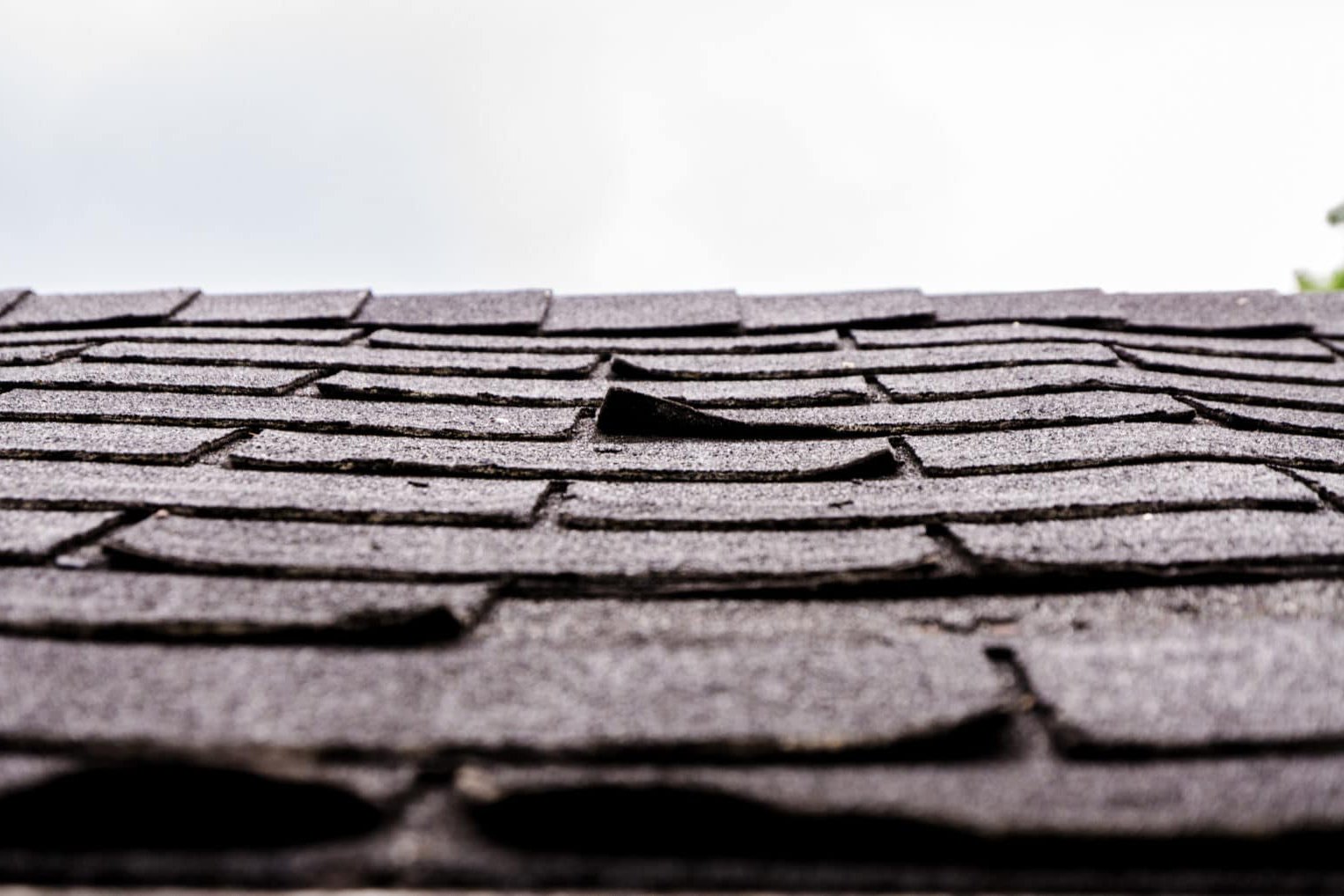
Cracked Shingles
Cracks in shingles, especially horizontal or vertical cracks running through the body of the shingle, are a sign of brittleness and age.
- What to look for: Visible cracks on the surface of individual shingles.
- Why it's a problem: Cracks allow water to penetrate the shingle layers and reach the underlayment and decking below. They also weaken the shingle, making it more prone to breaking or being lifted by wind.
- Severity: While a few isolated cracks might be repairable, widespread cracking throughout the roof indicates the shingles are failing and have lost their protective properties.
Sagging Roof Decking
A sagging or drooping roof deck is a serious structural issue that requires immediate attention.
- What to look for: Visible dips or sags in the roofline when viewed from the ground.
- Why it's a problem: Sagging can be caused by deteriorated roof decking, moisture damage, or structural problems with the rafters or trusses supporting the roof. This compromises the entire roof's integrity and can lead to collapse.
- Severity: Sagging is a critical warning sign that indicates potential structural failure. Do NOT delay in getting this inspected by a professional.
Moss, Algae, or Fungus Growth
While often seen as just cosmetic in some climates, in wet environments like Portland, moss and algae can cause significant damage.
- What to look for: Green, fuzzy moss growth, dark streaks (algae), or other fungal growth on the shingles, especially on shaded areas of the roof.
- Why it's a problem: Moss holds moisture against the shingles, which can lead to granular loss, premature aging, and even lift the edges of shingles, allowing water to penetrate. Algae, while less structurally damaging than moss, can also retain moisture and indicates a favorable environment for growth.
- Severity: While light algae streaks can sometimes be cleaned, significant moss growth that is thick or widespread is often a sign that the shingles are retaining too much moisture and may be compromised. Repeated cleaning can also damage older shingles.
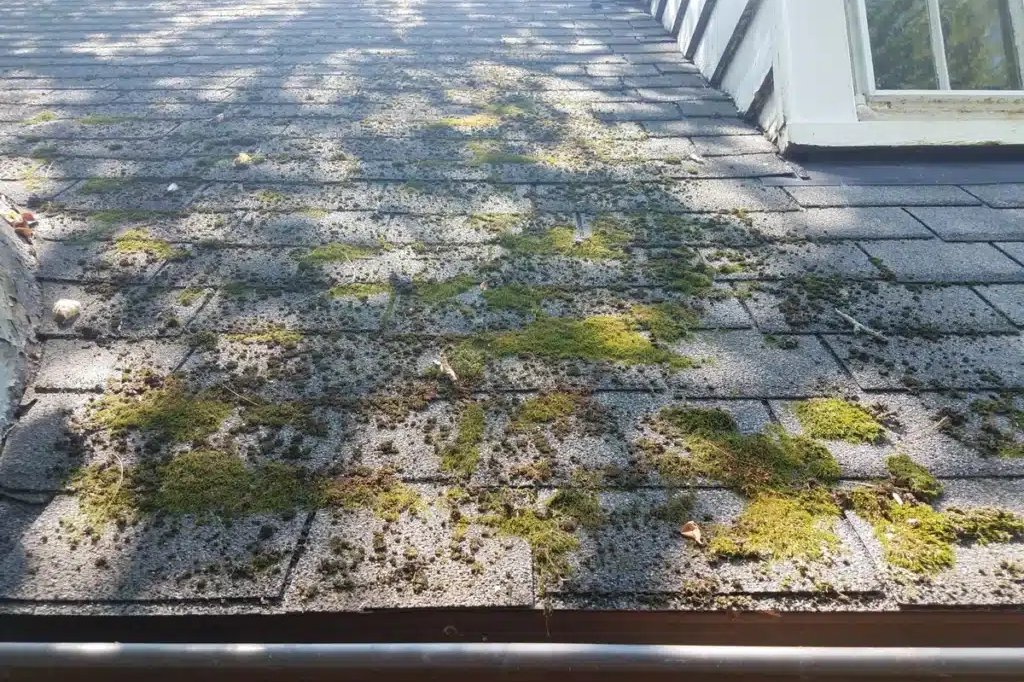
Damaged or Deteriorated Flashing
Flashing is the material (usually metal) used to seal areas where the roof is interrupted by features like chimneys, vents, skylights, or valleys. It's one of the most common areas for leaks.
- What to look for: Cracks, rust, buckling, or missing flashing around roof penetrations and in valleys. Older roofs may have flashing sealed with tar or caulk that has cracked or pulled away.
- Why it's a problem: Damaged flashing creates direct entry points for water into the home's structure. Leaks in these areas can be difficult to trace and cause significant hidden damage.
- Severity: Any sign of damaged flashing needs immediate attention. If the flashing is old and deteriorating alongside the shingles, it's often more cost-effective to replace the entire roof and install new flashing.
Issues with Gutters
While not part of the roof deck itself, gutters are integral to the roofing system's ability to manage water. Problems with gutters can indicate or cause roof issues.
- What to look for: Gutters pulling away from the fascia, standing water in gutters, clogged gutters, or gutters overflowing during rain.
- Why it's a problem: Clogged or damaged gutters prevent water from being channeled away from the house. This can lead to water backing up under the shingles, damaging the fascia and soffits, and causing foundation issues. Excessive granules in gutters are also a sign of shingle aging.
- Severity: Address gutter issues promptly. However, if you find significant amounts of granules in the gutters or if gutter problems are accompanied by other roof signs, it reinforces the need for a comprehensive roof assessment.
Interior Signs of Roof Problems
Sometimes, the first signs of a failing roof appear inside your home or in the attic before they are visible from the outside.
Water Stains on Ceilings or Walls
Water stains are a classic indicator of a roof leak.
- What to look for: Discolored patches on ceilings or walls, especially on upper floors or near exterior walls. Stains may be yellowish or brown.
- Why it's a problem: Water is penetrating the roof system, saturating the decking, and potentially dripping into the living space. The source of the leak might be directly above the stain, or water could be traveling along rafters or other structural elements before dripping down.
- Severity: Any water stain is a sign of an active leak and requires investigation. Even small leaks can cause significant damage over time, including rot and mold growth.
Mold or Mildew Growth in the Attic
Excessive moisture in the attic, often caused by roof leaks or inadequate ventilation, can lead to mold or mildew.
- What to look for: Visible patches of mold or mildew on the underside of the roof deck, rafters, or insulation. You might also notice a musty odor.
- Why it's a problem: Mold requires moisture to grow. Its presence in the attic indicates a water problem, likely from a roof leak or condensation due to poor ventilation. Mold can damage wood structures and affect air quality.
- Severity: Finding mold or mildew in the attic is a strong indicator of a moisture issue that needs professional assessment to determine the source (leak, ventilation issue) and extent of damage.
Daylight Visible in the Attic
If you can see sunlight peeking through the roof boards when you are in the attic during the day, it means there are holes or gaps.
- What to look for: Spots of light visible when looking up at the underside of the roof deck, especially around chimneys, vents, or in valleys.
- Why it's a problem: Any gap large enough for light to pass through is large enough for water and pests to enter. This indicates missing materials, damaged decking, or poorly sealed penetrations.
- Severity: This is a clear sign of compromised roof integrity and potential leak points.
High Energy Bills
While not a direct sign of structural failure, unexpectedly high heating or cooling bills can sometimes be linked to roof issues, particularly poor ventilation or damaged insulation caused by leaks.
- What to look for: A sudden or gradual increase in energy costs without a corresponding change in usage or utility rates.
- Why it's a problem: A damaged or poorly ventilated roof can lead to temperature fluctuations in the attic, reducing the effectiveness of insulation and causing your HVAC system to work harder.
- Severity: This is a less direct sign but, when combined with other visual or interior indicators, can support the need for a full roof inspection that includes assessing ventilation and insulation.
Roof Age and Lifespan
The age of your roof is a critical factor in determining if it needs replacement, even if there are no obvious signs of damage. Most roofing materials have an estimated lifespan.
- Asphalt shingles (most common residential roofing): Typically last 20-25 years, though high-quality architectural shingles can last up to 30 years.
- Wood shakes or shingles: Can last 25-30 years with proper maintenance.
- Metal roofs: Often last 40-70 years or longer.
- Tile (clay or concrete): Can last 50 years or more.
If your asphalt shingle roof is approaching or exceeding the 20-year mark, it's wise to start budgeting for a replacement and have it professionally inspected periodically, regardless of its apparent condition. The protective properties of the materials degrade over time.
Impact of Portland's Climate
The specific climate in Portland, with its frequent rain, humidity, and temperature variations, puts unique stress on roofs.
- Moisture: Constant moisture promotes moss, algae, and fungal growth. It also keeps materials damp, which can accelerate deterioration, especially during freeze-thaw cycles.
- Wind: While not as prone to severe hurricanes or tornadoes as some regions, Portland can experience strong winds that can lift or tear shingles, especially on older or damaged roofs.
- Trees: Mature trees are common in many Portland neighborhoods. Falling branches can cause direct impact damage, and leaves/debris can clog gutters and trap moisture on the roof surface.
These factors mean that roofs in Portland may show signs of aging and damage sooner or more severely than in drier climates. Regular inspections are particularly important here.
What to Do When You Spot Signs
If you notice any of the signs mentioned above, it's time to take action. The severity of the sign will dictate the urgency.
- For minor issues (a few missing shingles, light moss, minor granule loss on an older roof): Plan for a professional inspection and potential repair or replacement in the near future.
- For significant issues (widespread damage, sagging, active leaks, major granule loss): Seek professional assessment promptly.
Attempting complex roof repairs yourself without proper knowledge, experience, and safety equipment is extremely dangerous. It can also void warranties or cause further damage.
Planning for a Roof Replacement or Major Repair
If your roof is showing signs of age or significant wear but doesn't have immediate leaks or structural issues, you have time to plan. This is the ideal scenario for gathering information and understanding your options.
If you're planning a roof replacement, budgeting for future repairs, or simply want to get a general idea of costs without an in-person visit, you can get a quick, data-driven estimate.
Getting an instant estimate can provide a valuable starting point for understanding the potential cost involved based on satellite imagery and local pricing data. This helps you budget and explore financing options if needed.
When Urgent Action is Needed
Some roof problems require immediate attention to prevent significant damage to your home's structure and interior. These include active leaks, significant storm damage, or any situation where the roof's integrity feels compromised.
For urgent situations like active leaks, storm damage requiring immediate assessment, or any scenario needing prompt professional inspection, booking an appointment directly with a qualified roofer is the fastest route to getting help.
In these cases, waiting is not an option. You need a professional to assess the damage, potentially tarp the roof to prevent further water entry, and provide recommendations for repair or replacement quickly.
Choosing a Qualified Roofer
Whether you need an urgent repair or are planning a full replacement, selecting a reputable and qualified roofing contractor is paramount. Look for roofers who are licensed, insured, and have a good reputation in the Portland area. Get multiple quotes and ask for references.
SkyQuote works by connecting homeowners with pre-vetted local contractors, simplifying the process of finding a professional you can trust for your roofing needs.
Frequently Asked Questions About Roof Replacement Signs
How often should I inspect my roof?
You should conduct a visual inspection of your roof from the ground at least twice a year, ideally in the spring and fall. It's also crucial to inspect your roof after any severe weather event, such as high winds, heavy rain, or hailstorms.
Can a damaged roof be repaired instead of replaced?
It depends on the extent and nature of the damage, as well as the age of the roof. Isolated issues like a few missing shingles or a small area of damaged flashing can often be repaired. However, if the damage is widespread, the shingles are old and brittle, or there are underlying structural issues, a full replacement is usually the more cost-effective and long-term solution. A professional inspection can help determine whether repair or replacement is best.
What is the typical lifespan of an asphalt shingle roof in Portland?
Given Portland's climate, an asphalt shingle roof typically lasts between 20 and 25 years. Factors like the quality of the materials, installation quality, ventilation, and maintenance can affect this lifespan. Moss growth, if not managed, can also reduce the roof's life.
Does homeowner's insurance cover roof replacement?
Homeowner's insurance typically covers roof damage caused by sudden, unexpected events like storms, fallen trees, or fire. It generally does not cover damage due to age, wear and tear, or lack of maintenance. If you believe your roof damage is due to a covered event, contact your insurance provider and a roofing professional who can assist with the claims process.
How long does a roof replacement take?
The time required for a roof replacement varies depending on the size and complexity of the roof, the weather, and the roofing crew. Most residential asphalt shingle roofs can be replaced in 1-3 days. However, larger homes, steeper roofs, or unexpected issues like damaged decking can extend the timeline.
Is attic ventilation important for roof lifespan?
Yes, proper attic ventilation is critical. Good ventilation helps regulate attic temperature and moisture levels. It prevents heat buildup in the summer (which can prematurely age shingles) and reduces moisture condensation in the winter (which can lead to mold, rot, and ice dams). Adequate ventilation can extend the life of your roof and improve your home's energy efficiency.
Proactive Steps for Roof Health
Understanding the signs that your roof needs replacing is the first step in protecting your home. By regularly inspecting your roof and addressing issues promptly, you can extend its life and avoid costly emergency repairs. Whether you're planning ahead or dealing with an urgent problem, knowing the condition of your roof is essential for maintaining the safety and value of your property.
